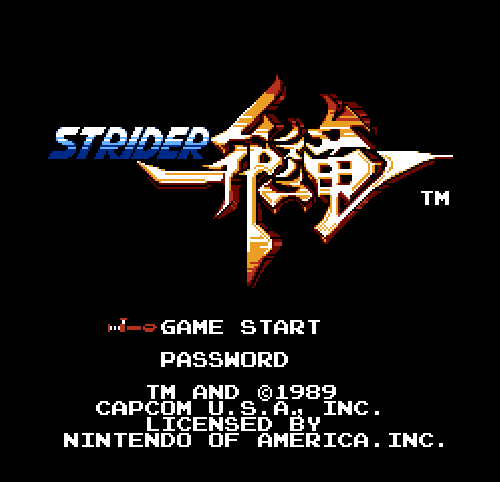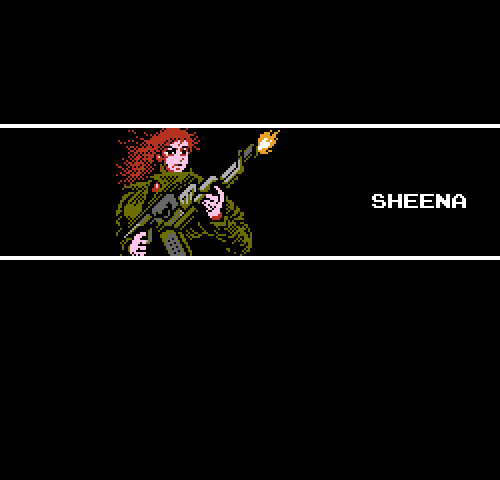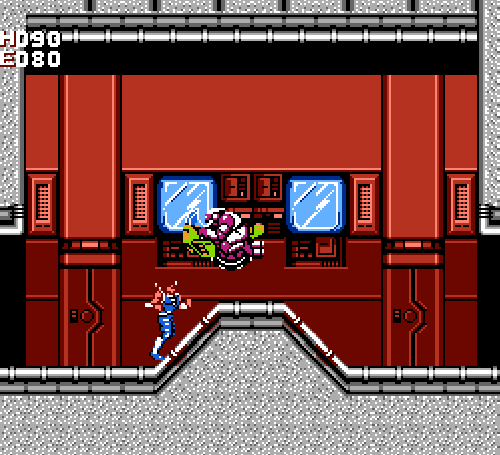
Many of us mistook Strider for one of these examples back in 1989. The arcade Strider and the NES Strider were radically different games, seemingly sharing only the idea of an international ninja hero named Hiryu.
The truth was more elaborate: Capcom and the manga outfit Moto Kikaku conceived Strider as a three-part project. The arcade Strider went off on its own under the guidance of designer Koichi Yotsui, but the Strider Hiryu manga and the NES game follow much the same story and aesthetics.
The NES version of Strider is often painted as the inferior cousin of the Strider we saw in arcades and on the Sega Genesis. Yotsui’s take on the idea is one of constant spectacle: battles with giant robot gorillas, airship raids, anti-gravity rooms, and melodramatically voiced intermissions. How could a mere 8-bit NES game compete with that?

I’ll tell you how: pure style. The title screen for NES Strider immediately crackles and pulses, launching into an introduction to the Striders, “the toughest group of people,” and perhaps driving younger players of the era to look up “instigation” in the dictionary. A lengthy title tune (which was supposed to have lyrics in the Japanese version) accompanies Hiryu and his compatriots Kain and Sheena as they blow up helicopters, heft flamethrowers, and dash through a starswept void.
It doesn’t have the screen-filling creatures of its arcade relative, but the NES Strider’s storyline has a better excuse for traveling the globe. Matic, vice director of the Strider organization, orders steel-nerved Hiryu to find and execute his former comrade Kain. Hiryu, perhaps haunted by having to kill his own elite Strider sister not so long ago, spares Kain and treks from country to country: the stormy cities of Kazakh, the jungles of Africa, the…well, the high-tech underground of Los Angeles. I’m sure it actually exists.


It’s one futuristic jaunt after another, and each new location sheds some light on the mysterious Zain project. Never given to long cutscenes, Strider builds its tension with brief and measured revelations: data disks reveal bits of the storyline, and short conversations lead to bleak and murderous ends.
There’s another reason many disparage the NES version of Strider. It seems to play handily at the first go. Hiryu can slash with ease, and enemies hound him with fair persistence. Yet the bumps emerge soon: Hiryu’s springing leaps are unreliable, and he tends to snag on obstacles. The game has a choppy pace, with awkward screen scrolling, graphical glitches, and frequent flickering. Those attempting to play Strider on an NES emulator should be cautioned not to adjust their settings: that’s just how the game runs.
